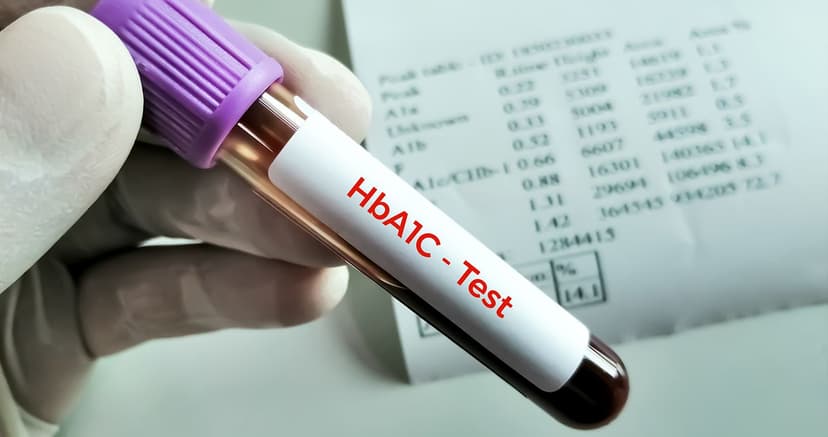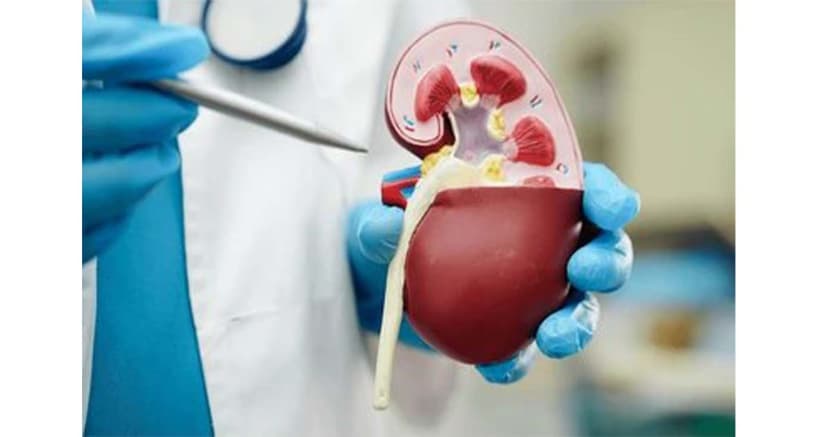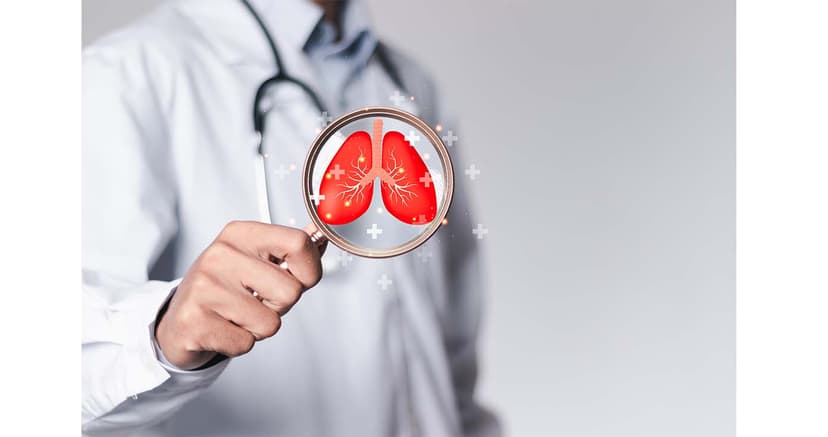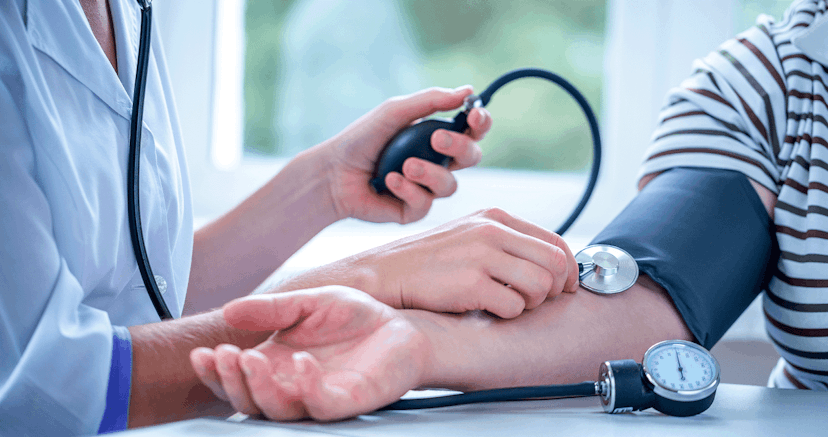Heart Attack During Exercise: Causes & Risks
By:

Apex Hospitals
19-06-2024

Physical exercise is widely recognized for its myriad benefits, including improving cardiovascular health, managing weight, and enhancing overall well-being. However, for some individuals, particularly those with underlying health conditions, the risk of a heart attack during exercise can be a serious concern. Understanding the causes and risks associated with a heart attack during physical activity is crucial for maintaining safety and optimizing exercise routines. This introduction will explore the factors contributing to heart attacks during exercise, including pre-existing cardiovascular conditions, exercise intensity, and other relevant risk factors. By recognizing these risks and taking appropriate precautions, individuals can better safeguard their heart health while reaping the benefits of regular physical activity.
What is a heart attack?
A heart attack happens when an artery supplying blood and oxygen to the heart becomes obstructed. Over time, fatty deposits rich in cholesterol accumulate, creating plaques in the heart's arteries. If one of these plaque ruptures, a blood clot can form at the site, potentially blocking the artery. This blockage reduces blood flow, leading to damage and death of the heart muscle tissue.
Causes of heart attack during exercise
1. Heavy and strenuous exercise
During strenuous exercise, the heart works much harder to pump blood and oxygen to the muscles. This heightened demand can strain the heart significantly if underlying cardiovascular issues compromise it.
2. High blood pressure
An immediate rise in blood pressure during exercise is quite common. However, the issue arises when blood pressure fails to return to normal after the activity. Persistent high blood pressure can damage the arteries over time, making them more prone to plaque buildup. When exercise is combined with elevated blood pressure and already narrowed arteries, the risk of a heart attack is significantly increased.
3. Stress on heart
Intense physical activity or sudden vigorous exercise, particularly for those not accustomed to regular exercise, can place significant stress on the heart. This increased stress raises the demand for oxygen and blood flow to the heart. If underlying conditions compromise the heart’s blood supply, this added strain can trigger a heart attack.
4. Undiagnosed heart conditions
Some individuals may have undiagnosed heart conditions, such as congenital defects or structural abnormalities, which can heighten the risk of a heart attack during exercise. People, especially younger individuals, often don’t undergo routine health checks unless they experience symptoms. This lack of awareness extends to adults as well, who may not realize their cardiovascular health issues. When such individuals engage in strenuous exercise with blocked arteries or an unhealthy heart, the increased physical demands can make blood flow more difficult, significantly raising the risk of a heart attack.
Recognising the signs of heart attack
1. Chest Pain or Discomfort: A common sign of a heart attack is pain or discomfort in the chest. This may feel like pressure, squeezing, fullness, or pain, and it can last for several minutes or come and go. The sensation may be felt in the centre or left side of the chest and might spread to the shoulders, neck, arms, back, or jaw.
2. Shortness of Breath: Difficulty breathing or shortness of breath can occur with or without chest discomfort. This symptom might come on suddenly or develop gradually.
3. Nausea, Indigestion, or Vomiting: Some individuals may experience nausea, indigestion, or vomiting during a heart attack. These symptoms can sometimes be mistaken for other conditions, such as gastrointestinal issues.
4. Sweating: Unexplained, excessive sweating, often described as cold or clammy, can signify a heart attack. This sweating may occur even if you are not exerting yourself.
5. Fatigue: Unusual or severe fatigue, mainly if it occurs suddenly or without a clear cause, can be a symptom of a heart attack, particularly in women.
6. Light-headedness or Dizziness: Feeling faint, light-headed, or dizzy can accompany a heart attack. This may be due to reduced blood flow to the heart and brain.
7. Pain in Other Areas: Pain or discomfort may radiate to other areas, including the arms, neck, back, stomach, or jaw. This pain might be sudden or gradual and can vary in intensity.
Who is at risk of heart attack while exercising?
While exercise is typically beneficial for heart health, specific individuals may face an increased risk of experiencing a heart attack during physical activity. Several factors can elevate this risk:
1. Underlying Heart Conditions: People with pre-existing heart issues, such as coronary artery disease, a history of heart attacks, heart failure, arrhythmias, or congenital heart defects, may be more prone to heart attacks during exercise.
2. Family History: A family history of heart disease or sudden cardiac events can raise an individual's risk.
3. Sedentary Lifestyle: A lack of regular physical activity can contribute to heart disease. Sudden intense exercise in inactive people may place excessive strain on the heart.
4. Smoking: Smoking significantly increases the risk of heart disease. Smokers may be more likely to experience a heart attack during exercise due to the added stress on the cardiovascular system.
5. Diabetes: People with diabetes are at a higher risk of heart disease and may be more vulnerable to heart attacks during exercise.
6. Obesity or Overweight: Excess weight can strain the heart and increase the risk of heart disease, especially when combined with other risk factors.
Exercise should be cautiously approached, especially if you have existing cardiovascular issues. Healthy habits, such as maintaining a balanced diet and regular exercise, can significantly reduce the risk of a heart attack during gym workouts. Additionally, staying vigilant about cardiovascular disease symptoms and scheduling regular health check-ups are crucial for preventing serious complications. For personalized advice and guidance on heart and cardiovascular health, consult with our cardiologist to address any concerns effectively and ensure a safe approach to physical activity.
FAQS
Related Articles
Connect With Us
Health In A Snap, Just One App.
KNOW MORE
























































































































































